Live Line Testers
Range of high voltage testing equipment suitable for use in carrying out live line testing. Includes Seaward potential indicators, phasing units, large jaw ammeters with clamps and a range of proving units for evaluating the safety of live line testers.
Find out more about Live Line Testers below.
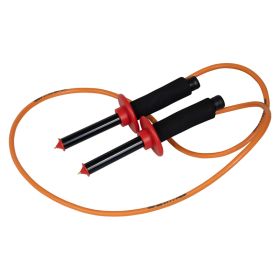
- High-intensity red LED indicators
- Simple to use
- Visible, even in direct sunlight

- PH3-LLT MKII Proving Unit
- Dual Live Line Tester MKII
- Combination kit

- High visibility indicators
- Limit of 50 AC V
- Works up to 5000 V

- Perform live high-voltage measurements and positive phase tests
- Perform tests in accordance with IEC1243 Part 2 specifications
- Results are indicated on the 240°-rotatable analogue meter

- IEC conformance
- Continuous monitoring
- Seven models available
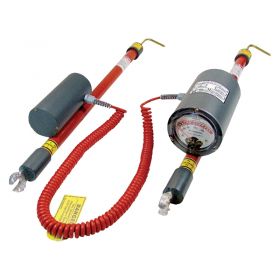
- Detect deteriorating and damaged lightning arresters
- Can test systems between 4kV and 25kV
- Able to test systems up to 69kV using R-69 Add-on Resistor Sticks
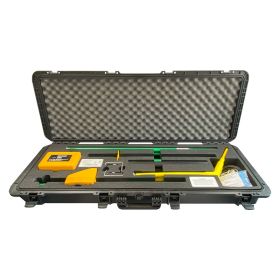
- Phasing rod and voltage rod included
- Extension rods and adaptors also included
- For use on HV systems to 3.3kV

- Live line tester and phasing rods included
- Also comes with extension rods and adaptors
- Proving unit also supplied

- Works with HV systems up to 11kV
- Phasing rod and standard voltage tester included
- Also comes with bent end adaptors and extension rods for more difficult applications
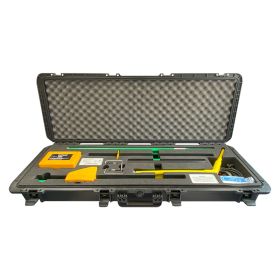
- Phasing and voltage testing rods
- Test overhead lines, substations and switchgear
- 13.8kV operation
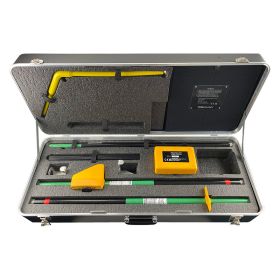
- Comprehensive live line testing kit
- Includes live line tester and phasing rod
- Also comes with proving unit, adaptors and extension rods
About Live Line Testers
High voltage testers include live line testing, which involves the testing of high-voltage overhead AC lines and switchgear with an insulated pole attached to an indicator. The indicator can be either analogue or digital and with audible and visual indicators of voltage presence. Live line testers are mainly used by the rail and utility industries around the world and each has its standards.
The main manufacturers of these poles are companies such as Seaward, HVI, Metrohm, and Edgcumbe in the UK. The length of the poles generally depends upon the voltage under test and they generally come in rated voltages such as 11kV, (33Kv more commonly) but can also be up to 132Kv or as high as 200Kv. The poles are usually made of composite material and there are also foam-filled types.
The poles should be checked annually for damage and cleaned with a polymer cleaning kit. They should not be used in damp conditions as this could affect the insulation properties of the rods.


